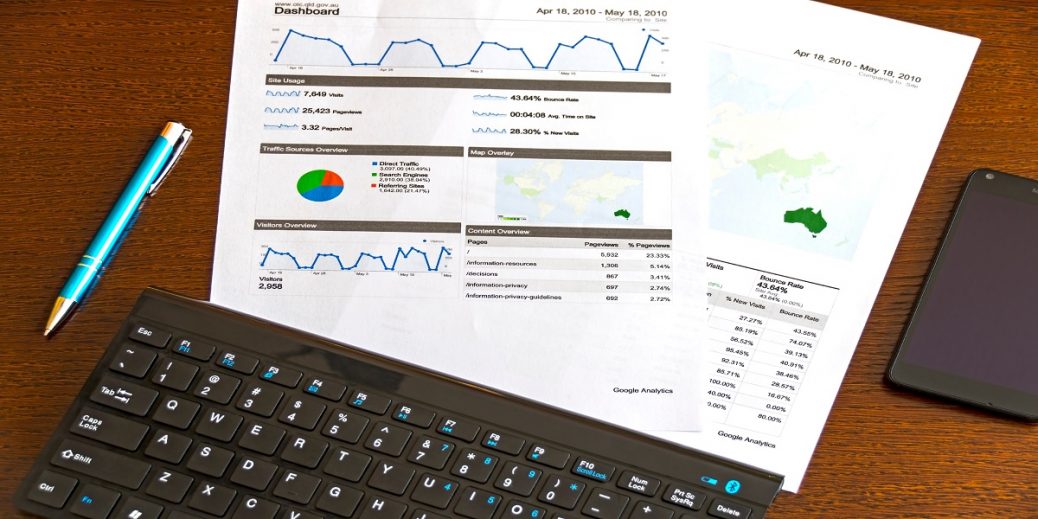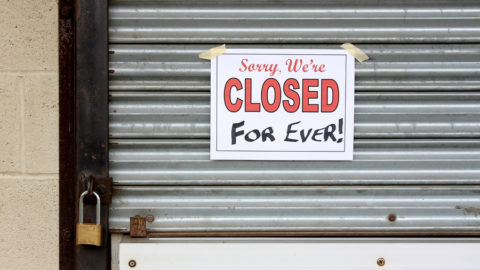You probably already know business is a constant contest between income, expenses and profit. If you want to improve cash flow and sustain a profitable business, you’ll need to manage these conflicts.
Even if you’re forecasting healthy profits for the next year, you may not survive long enough to enjoy them.
Related Article: How to Improve Your Working Capital Management
Your ultimate test is to remain solvent by generating enough cash surpluses to pay your bills. Even if you predict a bright future for your business, your suppliers, landlord and staff want paying regularly and on time.
Good cash flow management is essential. You’ll need to optimise it as much as possible. Increasing your sales may seem the obvious answer, and of course, is an important factor. But it’s not the only strategy to improve cash flow.
Reducing overheads, invoicing customers promptly and earning interest on surplus cash are also important factors.
This article outlines four strategies to improve cash flow:
1. Increase Your Prices.
Do you sell your products or services too cheaply? Could you increase your prices?
You might be scared, if you increase your prices too much, yours sales will fall. It’s possible if you haven’t done your homework. Research your market. And then test if customers would pay your increased prices.
You don’t have to immediately raise your prices to everyone. Run a trial to selected customers. For example: increase your prices to a handful of customers and gauge their response.
Offer your product or service at your proposed new price and gauge the response.
Often when people increase a product or service’s price, customers’ perceptions of its value also increases. Conversely, if you sell it too cheap, customers may not take you seriously. You may even lose sales to your competition.
You need to establish a price that enables you to improve cash flow without losing sales.
2. Penalise Late Payers.
Undoubtedly, invoicing is one of the most frustrating parts of running a business.
Your invoices remain unpaid beyond your payment terms and you waste time chasing customers.
Sound familiar?
If so, review your existing terms and conditions and update them if necessary.
Consider imposing penalties and interest on slow or late payers. Banks, utility and telephone companies, and many other businesses do it, so why can’t you?
3. Review Your Contracts
You probably have long-standing agreements and contracts with some service providers and vendors.
Many businesses subscribe to all sorts of software and tools. A handful of subscriptions, each with small monthly payments, can add up to a significant amount every month.
If you’ve used the same vendor or supplier for some time, try to renegotiate your agreement with them.
Many will be happy to discuss new terms if they value your custom and think you’ll remain loyal to them.
Of course, many won’t be keen to offer different terms. Use the exercise and identify “extras” or “add-ons” you no longer need.
Do you need their premium service or could you downgrade? Improve cash flow by cancelling subscriptions for services you no longer need or use.
4. Review Your Asset Register and Stock
Plant and equipment can occupy valuable space and be ineffective. For example: printers and scanners become out of date and may not work with new technology.
Many businesses are choosing to use laptops and mobile devices rather than desktop computers.
Managing a variety of brands and models can be expensive and inefficient. You and your staff will need to know how to use and maintain each of them. Each model may require proprietary consumables, such as ink toners or cartridges.
For many businesses, leasing plant and equipment offers a cost effective and practical solution. The equipment may use the latest technology.
Large initial payments can be avoided as payments are spread out over the lease period.
If you’re not using a piece of plant and equipment, or you have obsolete stock, get rid of it. It’s probably using space that could be better used.
Writing off unused plant and equipment or stock might provide a tax-write off and reduce your tax bill.
Alternatively, if some of your products have value, consider having a “fire-sale”, which will provide some extra cash.
Conclusion
If you need to improve cash flow, scrutinise they way you’re managing your business and cash. This shouldn’t be a one-off exercise or done annually or when your bank balance is looking sorry for itself.
You need to regularly monitor your cash flow. Rather than blaming customers, evaluate how you’re spending your cash and identify what changes you can make.
Related Article: How to Measure Your Business’ Financial Health and Performance
Implement the strategies to improve cash flow in this article and you’ll soon see a healthier bank balance.



















Leasing plant and equipment will improve cash flow. Take it from me because I’ve done it and it works great. I don’t have to pay a lot of money upfront and can just spread out the payments so that there’s enough money for everything my business needs on a month by month basis. Back when I started I used to buy everything and boy was that a big mistake. Nowadays I lease everything and I’m much better off.
PS: I haven’t considered penalizing late payers. Hmm… will have to think about this.